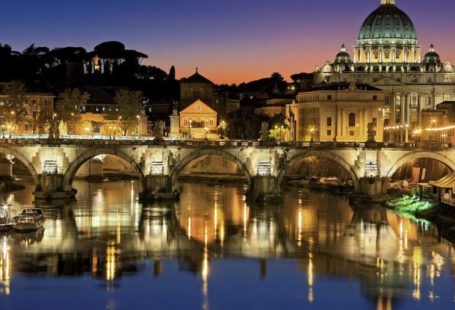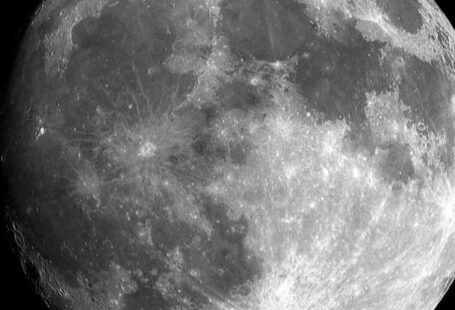Fire is a fascinating and powerful force of nature that has captivated humans for centuries. From the warmth it provides on a chilly evening to the mesmerizing dance of flames, fire has both practical and aesthetic qualities that make it intriguing. But have you ever wondered what exactly makes fire burn? In this article, we will explore the science behind fire and unravel its secrets.
The Fire Triangle
To understand what makes fire burn, we must first delve into the concept of the fire triangle. The fire triangle is a simple model that explains the three essential components necessary for fire to occur: fuel, heat, and oxygen. Without any one of these elements, fire cannot exist.
Fuel: The Ignition Source
Fuel is the material that undergoes combustion and sustains the fire. Common examples of fuel include wood, paper, gasoline, and natural gas. When fuel is heated to its ignition temperature, it releases flammable vapors that can ignite when exposed to an ignition source, such as a spark or a flame.
Heat: Igniting the Fuel
Heat is the energy required to raise the temperature of the fuel to its ignition point. This heat can be generated through various means, such as friction, electrical sparks, or chemical reactions. Once the fuel reaches its ignition temperature, it begins to release gases that combine with oxygen to produce flames.
Oxygen: Sustaining the Fire
Oxygen is the third component of the fire triangle. It is necessary for combustion to occur as it supports the chemical reaction that enables the burning process. Without oxygen, the fire cannot continue to burn and will eventually be extinguished. When oxygen combines with the fuel’s gases at the ignition point, it releases energy in the form of heat and light.
The Combustion Process
Now that we understand the three components of the fire triangle, let’s take a closer look at the combustion process itself. Combustion is a chemical reaction that occurs between the fuel and oxygen, resulting in the release of energy in the form of heat and light.
During combustion, the fuel molecules break apart, releasing energy in the form of heat. These molecules then combine with oxygen, producing new molecules and releasing additional heat and light. This process continues as long as there is a sufficient supply of fuel, heat, and oxygen.
Different Types of Flames
Not all flames are created equal. Depending on the type of fuel and the conditions under which it burns, flames can vary in color, temperature, and intensity. For example, a wood fire typically produces a yellow or orange flame, while a gas stove flame may appear blue.
The color of a flame is determined by the specific elements present in the fuel and the temperature at which it burns. For instance, a blue flame indicates complete combustion, whereas a yellow or orange flame suggests the presence of impurities in the fuel.
Fire Safety
While fire can be a useful tool, it is essential to understand its potential dangers and practice fire safety precautions. Always ensure that flammable materials are stored and handled properly, and never leave open flames unattended. Additionally, having fire extinguishers and smoke detectors in your home can help prevent accidents and save lives.
In conclusion, fire is a remarkable phenomenon that requires the perfect combination of fuel, heat, and oxygen to burn. Understanding the science behind fire can help us appreciate its power and ensure its safe use. So the next time you sit around a campfire or light a candle, take a moment to reflect on what makes fire burn.





